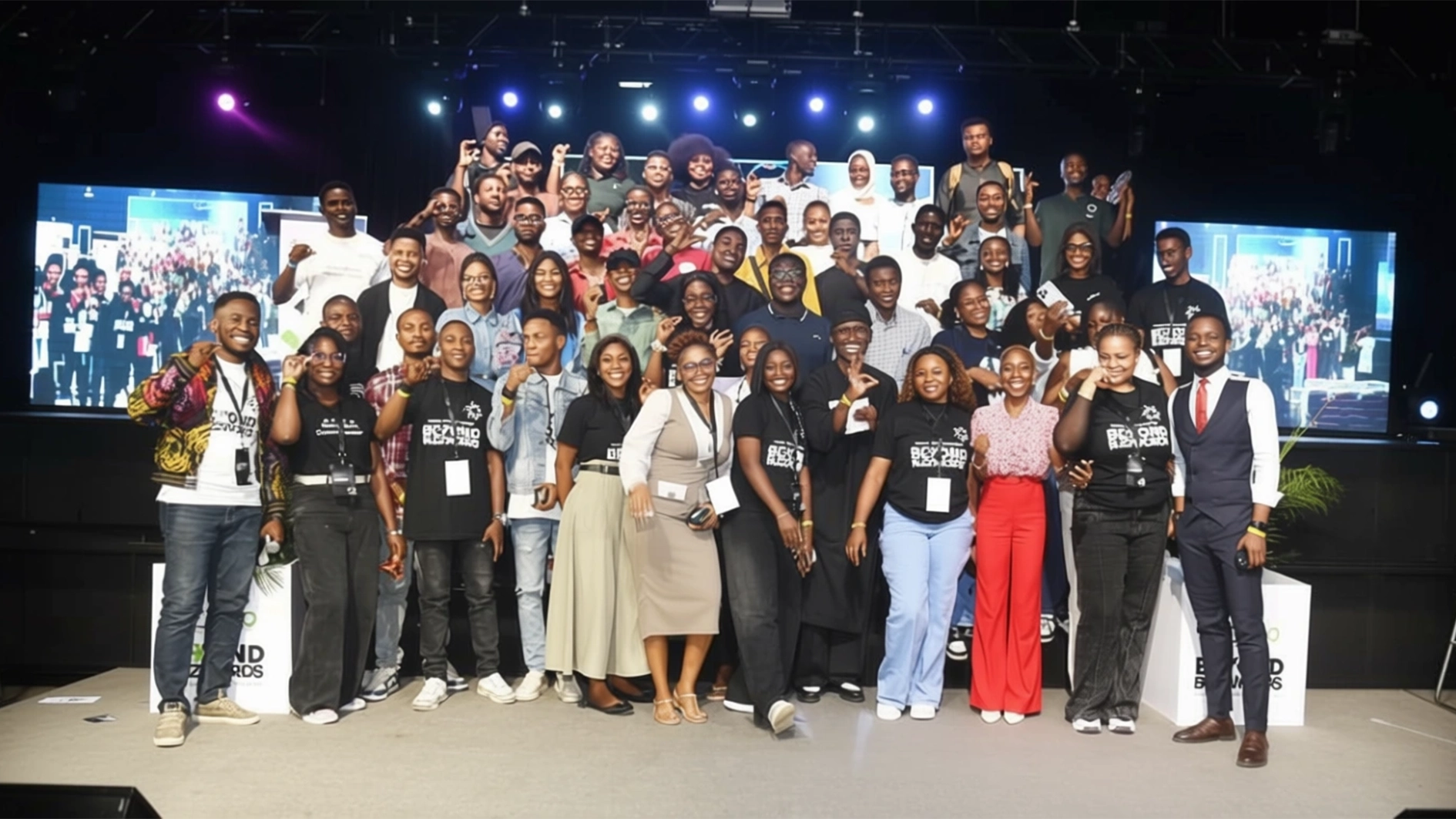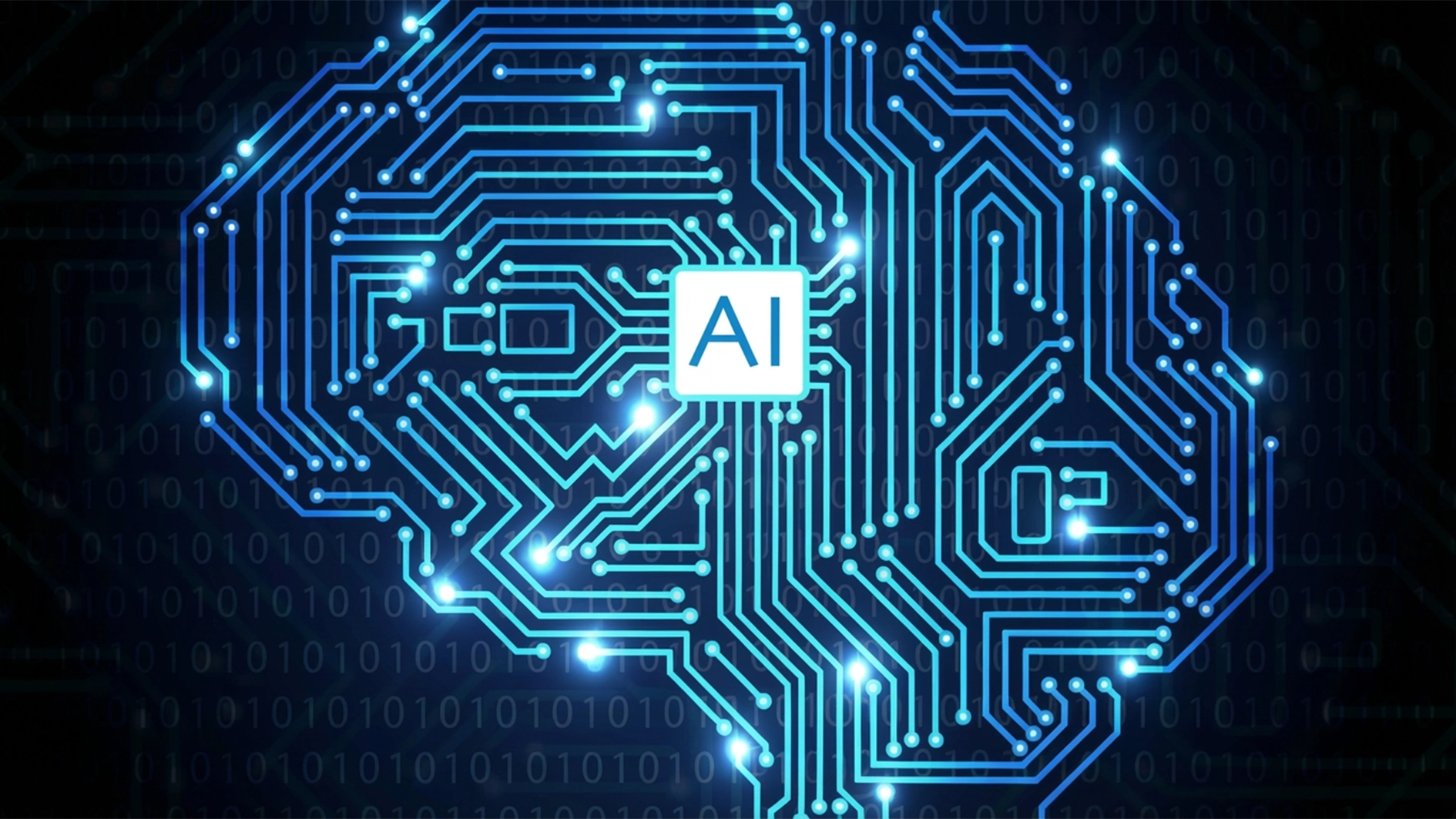In an era where digital disruption shapes every transaction, author Jainik Sudhanshubhai Patel has charted a bold course for quality engineering in financial services. With deep expertise in technological transformation, He proposes an integrated framework that prioritizes security, compliance, and resilience as foundational pillars of innovation.
Reimagining Assurance for the Digital Era
The financial sector’s pivot to digital-first models has necessitated a dramatic rethinking of traditional quality assurance methods. He outlines how quality engineering has emerged as the successor to outdated testing approaches. No longer confined to end-of-cycle verification, modern frameworks embed quality at every stage of development. Automated regression testing, continuous integration pipelines, and performance engineering have become standard, enabling institutions to accelerate innovation while safeguarding critical infrastructure.
Securing the Cloud: Strategies for a New Financial Architecture
As financial organizations migrate to multi-cloud ecosystems, This emphasizes the need for a layered approach to cloud security. The adoption of structured risk assessment frameworks, like the NIST Cybersecurity Framework, provides a robust foundation. Automated security testing now targets APIs and microservices—components that are highly susceptible to attack—while continuous validation through integration with CI/CD pipelines ensures vulnerabilities are caught early. Tools for posture management and data loss prevention enforce consistency across cloud providers, enhancing protection without compromising agility.
Redefining Compliance Through Intelligent Automation
Regulatory complexity is no longer a barrier but a design parameter. He highlights how artificial intelligence is transforming compliance into a dynamic, testable function. Regulatory texts are now decomposed into machine-readable controls using natural language processing, while real-time dashboards offer continuous oversight. Risk-based validation frameworks prioritize high-impact domains, enabling smarter resource allocation. Institutions operating across borders are adopting modular compliance models that accommodate both global standards and local nuances—an evolution that marries flexibility with accountability.
Testing Intelligence: Quality Engineering for AI-Driven Finance
With AI systems underpinning fraud detection and decision-making, quality engineering must address challenges like data drift, bias, and performance variability. He illustrates rigorous validation techniques including synthetic data modeling, A/B testing, and statistical benchmarking. Fairness audits evaluate systems across demographic lines, reducing the risk of discriminatory outcomes. Continuous monitoring for distributional shifts ensures models remain effective amid changing user behaviors and market conditions. These methods provide the foundation of trust necessary for institutions to expand AI capabilities without regulatory fallout.
Embracing Failure: Resilience Through Chaos Engineering
To ensure continuity in an unpredictable environment, He introduces chaos engineering as a proactive discipline. By simulating controlled system failures, institutions can identify latent weaknesses and validate recovery mechanisms. These experiments, when governed responsibly, uncover insights missed by traditional tests. Resilience metrics such as recovery time and service degradation guide investment priorities. The integration of chaos testing within broader risk frameworks allows organizations to probe system robustness while safeguarding user experience.
Integration as Strategy: Uniting Quality Domains
The central thesis of Patel’s framework is integration. Siloed efforts in security, compliance, and resilience yield to a unified methodology that aligns quality practices with business goals. Institutions are establishing quality engineering centers of excellence to institutionalize standards, foster collaboration, and drive cultural change. This consolidation enables faster feature rollouts, lower defect rates, and enhanced customer satisfaction—all essential metrics in a hypercompetitive digital landscape.
Looking Ahead: Scaling with Innovation
He also outlines a clear roadmap for future development. As financial services venture into real-time payments, open banking, and embedded finance, quality engineering must evolve. Upcoming challenges include blockchain validation, hyper-personalized services, and regulatory AI oversight. The adoption of emerging testing techniques will be critical for validating these technologies before full-scale deployment. Quality engineering is no longer a checkpoint—it is a compass that guides financial innovation toward sustainable, trusted outcomes.
In conclusion,by weaving together modern security practices, AI validation, continuous compliance, and resilience testing, Jainik Sudhanshubhai Patel redefines quality engineering not as a cost center but as a catalyst for growth. His framework empowers institutions to build secure, compliant, and innovative systems that meet the demands of today while preparing for the uncertainties of tomorrow. As financial services continue to evolve, Patel’s vision positions quality engineering as both a shield and a springboard in the race toward digital excellence.






